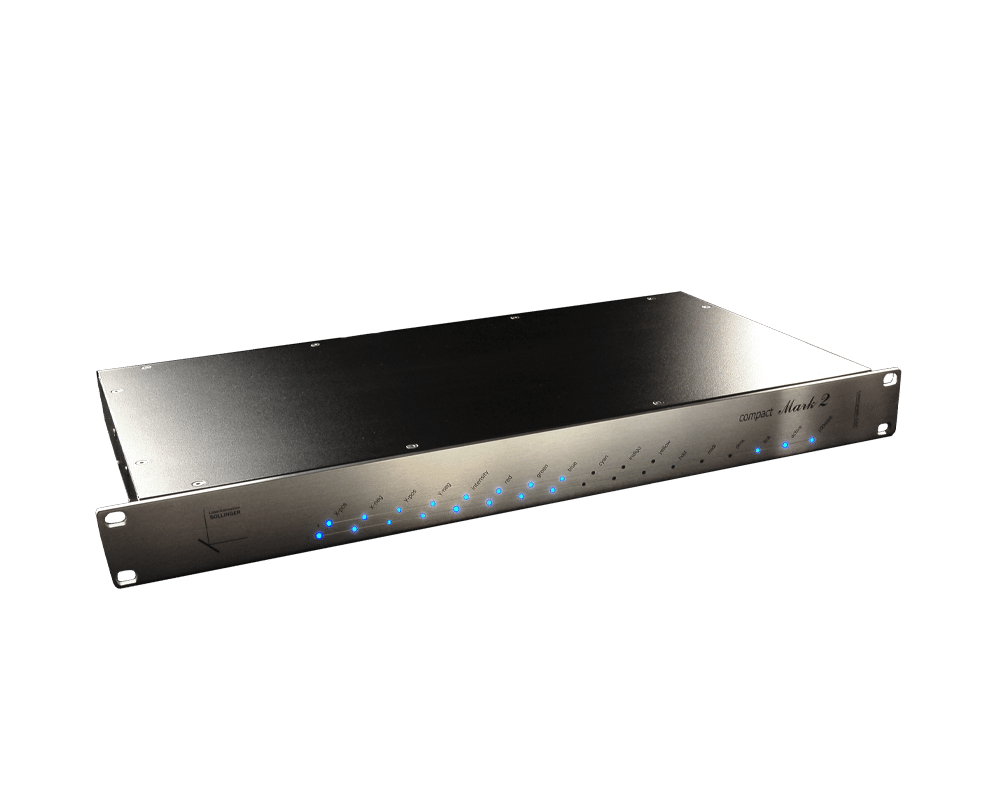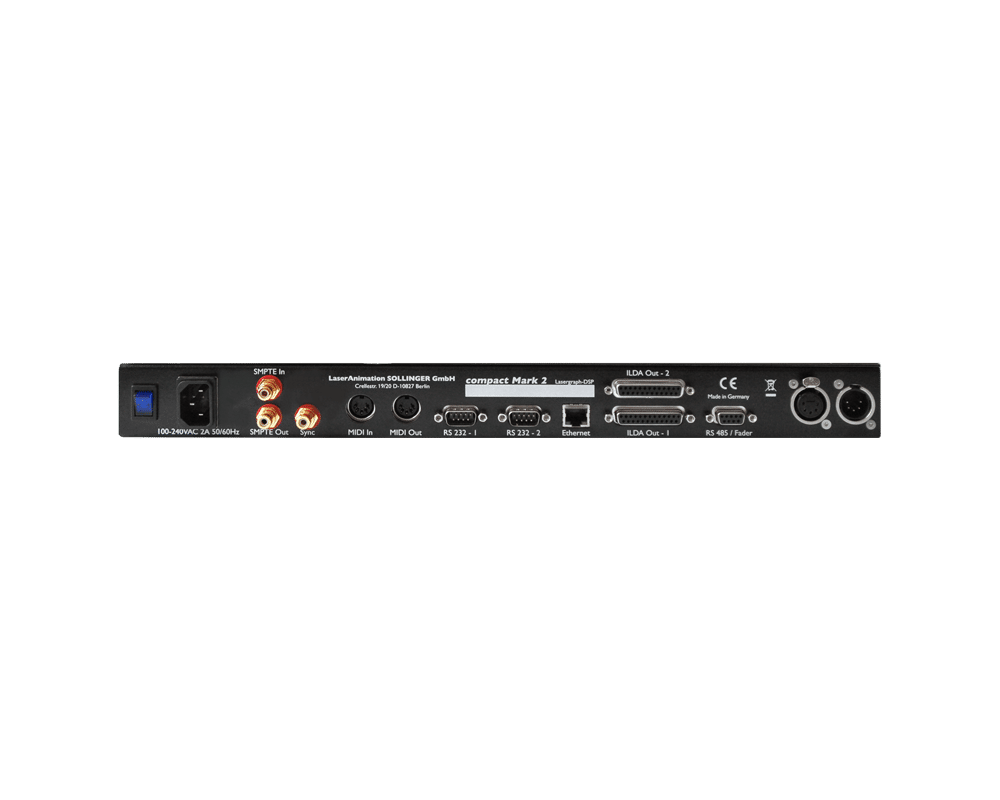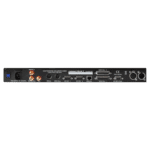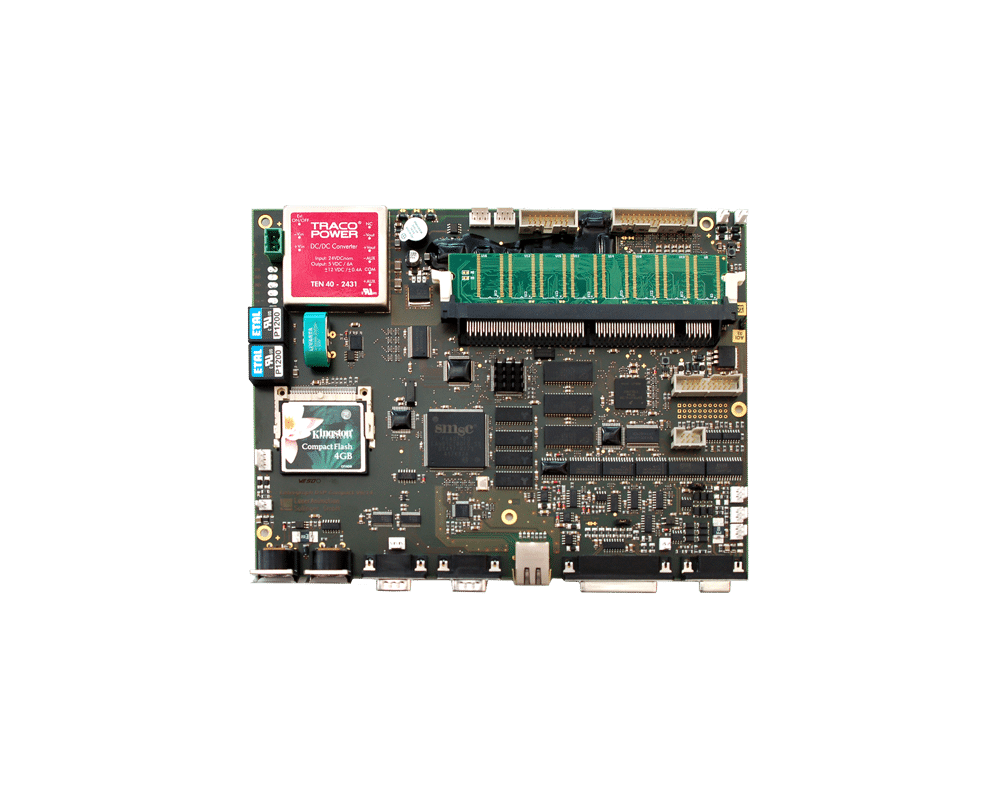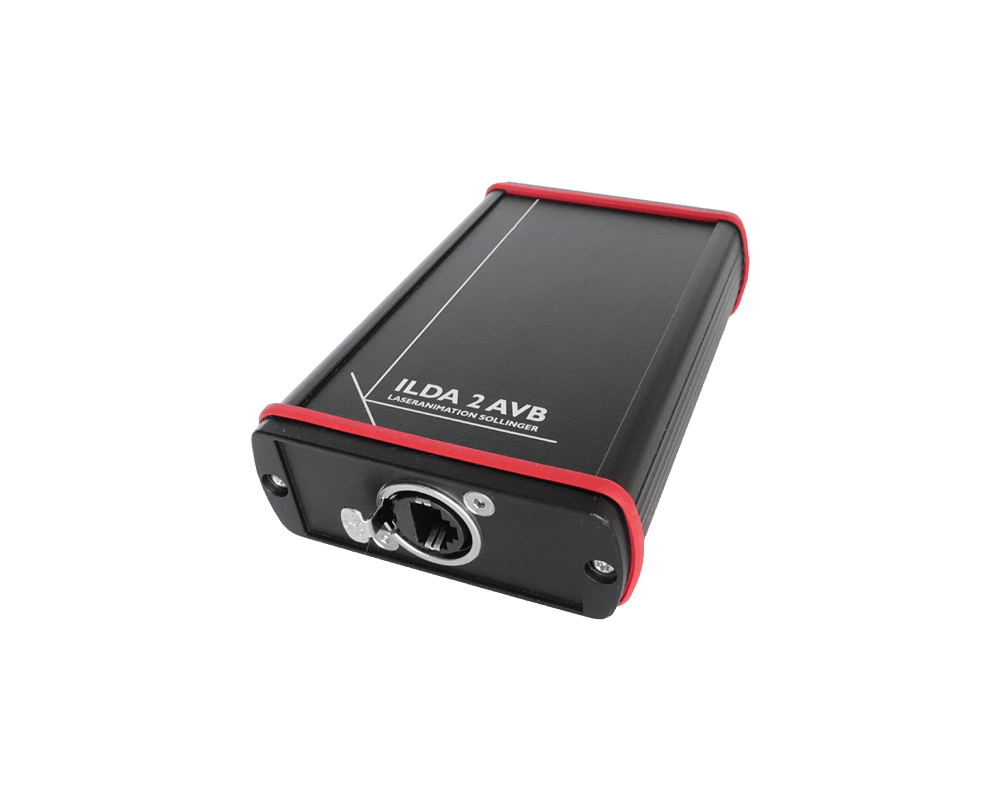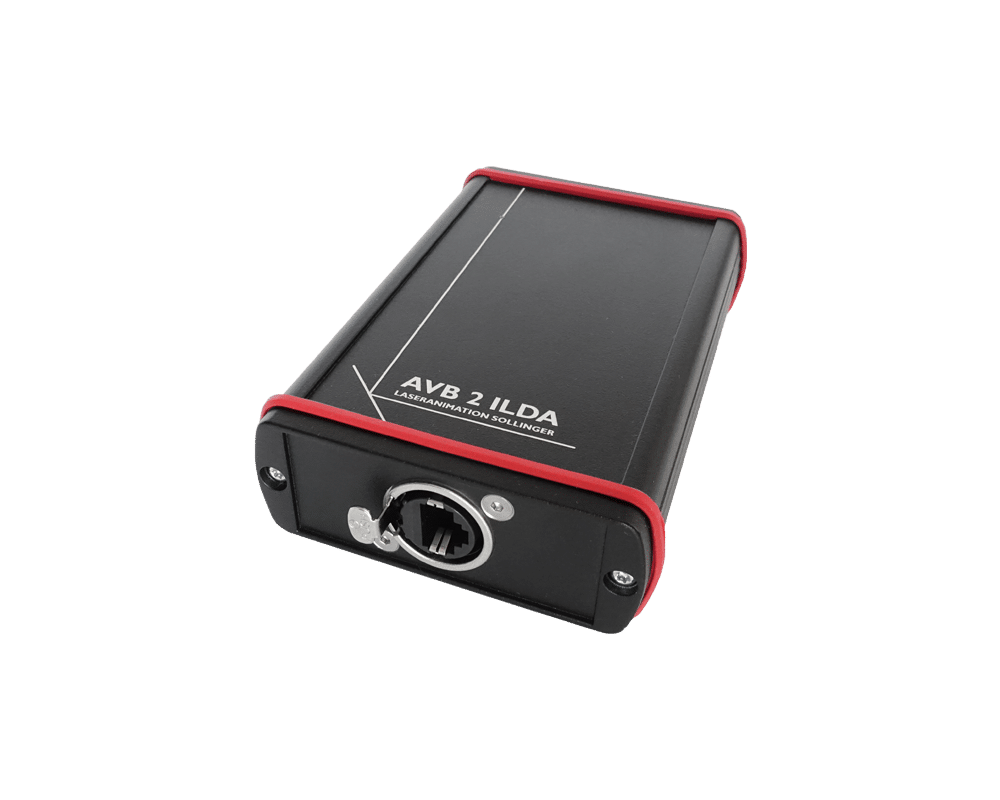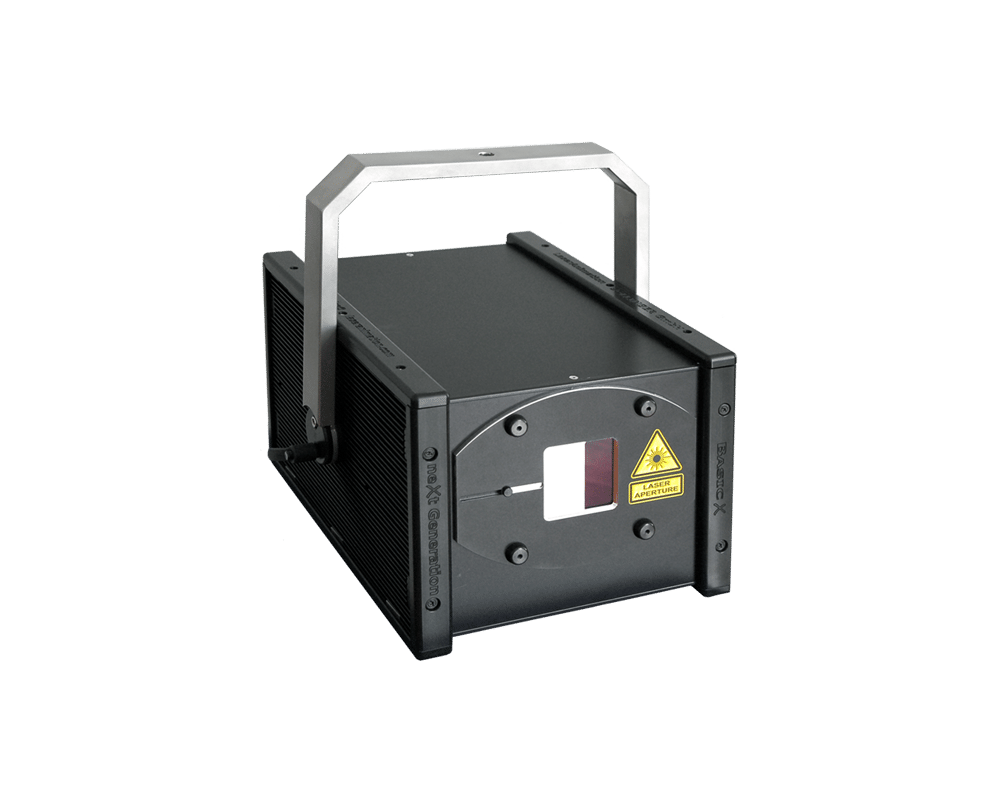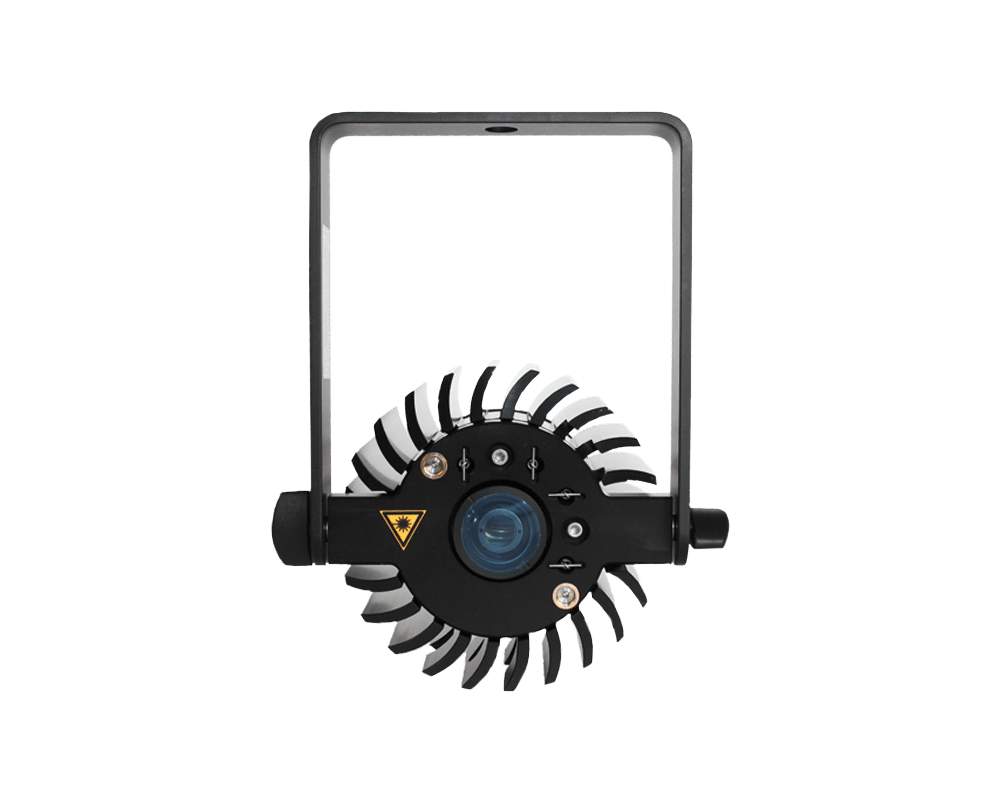State-of-the-Art Lasershow-Controller
Since its first presentation to the public, the laser has been considered a jewel of light creation. Since then, no other technical lighting medium has exerted such a fascination on the observer as laser light. It is its special properties, such as its extraordinary intensity and brilliant colors, that captivate everyone.
So it’s no wonder that the laser medium has been used for years for spectacular demonstrations of all kinds to attract attention and excite spectators.
The laser beam alone is of course something special, but it becomes an impressive medium above all through the projection of moving beams and images in combination with music. In addition to a laser source, this requires above all the so-called laser show controller. This controller combines images, texts, beams and music to create a laser show.
You are currently viewing a placeholder content from Youtube. To access the actual content, click the button below. Please note that doing so will share data with third-party providers.
More InformationAdvantages of the Lasergraph DSP
As one of the first companies at all LaserAnimation could offer with the Lasergraph DSP an independent controller especially for laser projections. Since the delivery of the first series of Lasergraph DSP devices in 1991, this laser show controller has been continuously developed. Many wishes and suggestions of professional users have been integrated and continue to flow into the development.
Users all over the world appreciate the Lasergraph DSP as a highly reliable show controller, which on the one hand allows to make lasers dance in pictures and beams and on the other hand allows to integrate different devices from event and stage technology into a performance.
Numerous ILDA awards and other accolades for laser shows created on a Lasergraph DSP speak for themselves. → ILDA Awards
For years, the Lasergraph DSP has stood for innovation, creativity, ease of use and reliability.
Lasergraph DSP Hardware
The Lasergraph DSP Mark 2 is available in 3 different hardware versions:
- Lasergraph DSP compact for the control of one laser projector in a 19”metal housing
- Lasergraph DSP compact dual for the control of two laser projectors in a 19” metal housing
- Lasergraph DSP travel for the control of one laser projector in a light plastic housing for mobile applications.
The Lasergraph DSP compact can also be integrated into any Phaenon X as a built-in board.
Carefully selected hardware components, the proven real-time operating system as well as strict quality controls during manufacturing in combination with extensive real-world tests guarantee highest reliability, as it is mandatory especially for professional events.
The Lasergraph DSP is ready for operation only a few seconds after power-on, so it does not require a long boot time. To ensure this fast system start as well as a stable operating behavior, the system program is stored internally in the flash memory.
Programming or editing of laser shows is done with a Windows PC or Apple Mac computer connected via network using the terminal software “LGRemote”. No PC or Mac is required to start finished shows. For example, shows can be easily started and played with a connected control console and the live and playback user interface “jr. Live”. Also other media systems connected to the DSP via RS232 or Ethernet can be used to start a show. This way the laser show runs completely independent. Possible system crashes of the PC or Mac have no meaning for the live show performance.
This capability has been considered the most significant feature of the Lasergraph DSP from the very beginning.
The result of the processing is immediately visible in laser on the screen as well as in the preview window of the program interface – WYSIWYG!
All calculations for scaling, deformations, displacements, rotations, for all animations both classical frame-by-frame animations and computer-aided animations such as morphing, abstracts, color passes … are done in real time.
From the “Playback” level to the professional Mark 2 Production Suite, three different software levels are available for all hardware platforms:
| Software Level | Features |
|---|---|
| Playback | Playback of DSP laser shows; the shows cannot be edited. A Lasergraph DSP playback device is an inexpensive playback device that can be used, in particular, to implement setups with several Lasergraph DSPs more cheaply. |
| Production SuiteMark 2 | Programming, editing and playing back DSP laser shows. The Production Suite includes the full version of the Lasergraph DSP system software, several powerful software components and numerous extras. |
| Production SuiteMark 2 Licensor* | Programming, editing and playback of DSP laser shows plus licensor function for DSP playbacks in the network. A Lasergraph DSP with this level can create a temporary editing license for one or more DSP playback(s) in the network. When a DSP playback is placed on a local network with a DSP Mark 2 licensor, the playback instantly becomes an editable Lasergraph DSP as long as the network connection exists. This licensor mechanism works on a local network with hundreds of DSP playback platforms and each Lasergraph DSP mark 2 Licensor fully automated. No settings need to be made by the user! |
The color brilliance of the Lasergraph DSP is unmistakable when compared to other show controllers. This obvious difference is due to the DSP’s sophisticated color management, which is based on years of experience with lasers as a projection medium.
The bright colors in an image and in color movements e.g. during color sweeps or abstracts, the wonderfully smooth color gradients or the colorful beams up to the excellent filament of the respective color are a trademark of the Lasergraph DSP and visible for every viewer.
The Lasergraph DSP has 6 color outputs, which means it supports lasers with up to six different color lines. The laser colors can be adapted to all common laser systems.
Colors in image processing are defined by palettes, for which countless (more than 281 trillion) colors are available. These color palettes can always be modified in real time for smooth color transitions, dimming, blending, color passes, etc.
Output is provided by a separate signal processor (DSP – Digital Signal Processor), which guarantees excellent image quality of the scanned image.
The DSP allows scanning rates of up to 250 kHz, and even higher scanning rates are possible for color modulation in patterns.
The images output from the DSP to the laser projector are automatically optimized, and when a blank is changed, the system automatically inserts wait times to ensure that the image has the desired geometry.
Since all images are vector graphics, only the anchor points need to be entered during image creation; points on straight lines can be omitted. Additional points are interpolated between anchor points that are far apart. If not all existing points are needed (e.g. when reducing the size of the image), the number of points is automatically reduced. This dynamic interpolation reduces the flicker rate considerably, avoids so-called hot spots (brighter points) and makes optimum use of the scanner’s speed.
Interpolation, dot reduction and blank delay can be set locally (for individual images) and globally. Global means here that the image output can be optimally adapted to the laser projector used.
Today, laser projections are not only presented as “pure” laser shows. Rather, lasers are increasingly being integrated as an effective effect in a complex multimedia show. The combination of different media and effects in a meticulously planned show is one of the most demanding tasks a controller has to perform.
The flawless, music-synchronized interaction of laser beams or graphics with light, water and pyro effects or video projections can be professionally solved due to the versatile control options of the DSP.
For example, a DMX control panel can be connected to the DMX input, which can be used to control lighting systems and other stage and event technology equipment together with the laser. Live control of the laser and effects via a connected midi keyboard is also possible.
Several Lasergraph DSP can be connected in a network with other computers, (DSPs, PCs).
Devices connected to one DSP (DMX, MIDI, SMPTE, Faderboard…) are available to other DSPs in the network. For example, the SMPTE timecode of an SMPTE timecode source connected to DSP 1 can also be used by DSP 2, 3 or X in the network. This has the great advantage that cabling becomes much easier, especially for large events with numerous controllers and peripherals.
In addition to use in an extensive network, the DSP can also be connected to a modem for remote maintenance.
For network operation the following important network protocols are supported:
- TCP/IP
- UDP
- Art-Net (TCP/IP based Ethernet protocol for transmission of DMX512)
- OSC (Open Sound Control – message-based protocol for communication between computers, synthesizers and other multimedia devices)

